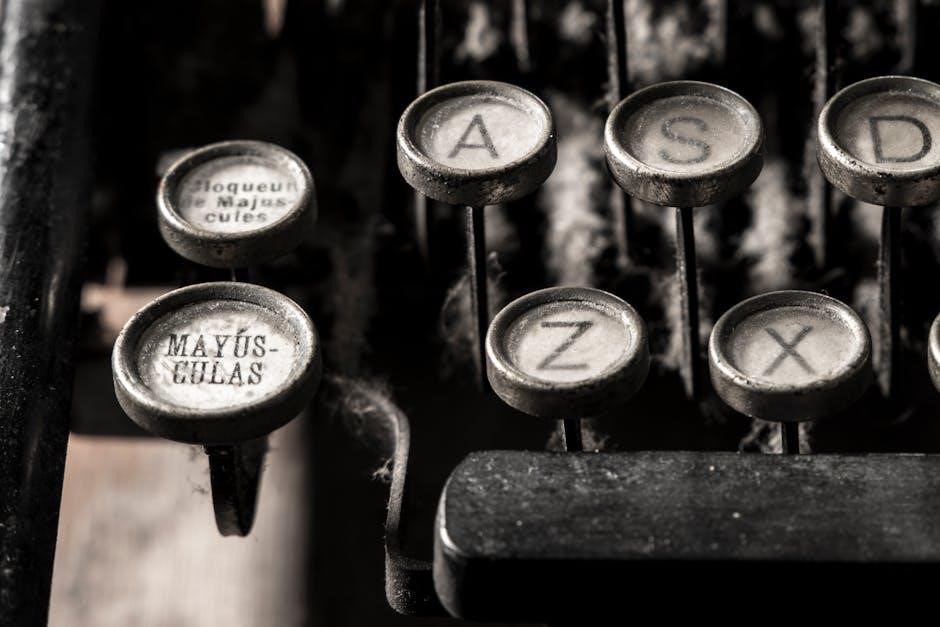Manual handling equipment is crucial in aged care, promoting safety, efficiency, and comfort for both caregivers and residents. It is designed to reduce physical strain and support mobility needs effectively.
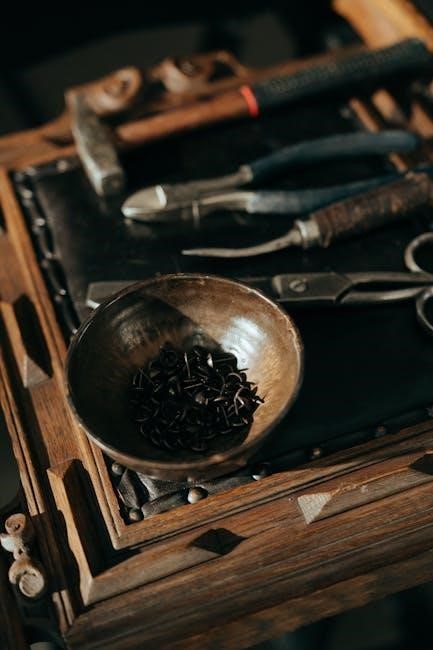
Overview of Manual Handling in Aged Care
Manual handling in aged care refers to the techniques and equipment used to safely move, transfer, and reposition elderly residents. It is a critical component of care, ensuring residents maintain mobility and dignity while minimizing risks of injury to both caregivers and clients. Common tasks include transferring from beds to wheelchairs, bathing, and repositioning to prevent pressure sores. Proper manual handling techniques and equipment, such as slide sheets, transfer belts, and hoists, are essential to reduce physical strain and improve efficiency. Effective manual handling also enhances the quality of care, allowing residents to maintain independence and comfort. Caregivers are trained to use these tools to ensure safe and seamless transfers, promoting a safe working environment and better outcomes for residents.
Importance of Safety and Efficiency in Aged Care
Safety and efficiency are paramount in aged care to protect both residents and caregivers from injuries. Manual handling injuries are a common occupational hazard, emphasizing the need for proper techniques and equipment. Efficient use of tools like hoists, slide sheets, and transfer belts ensures seamless transfers, reducing the risk of falls and strains. Safety measures also prevent pressure sores and discomfort for residents, enhancing their quality of life. By prioritizing safety and efficiency, aged care facilities can create a secure environment, reduce operational costs, and maintain high standards of care. Effective practices not only safeguard physical well-being but also foster a culture of respect and dignity for elderly residents. Overall, balancing safety and efficiency is essential for providing compassionate and sustainable care in aged care settings.
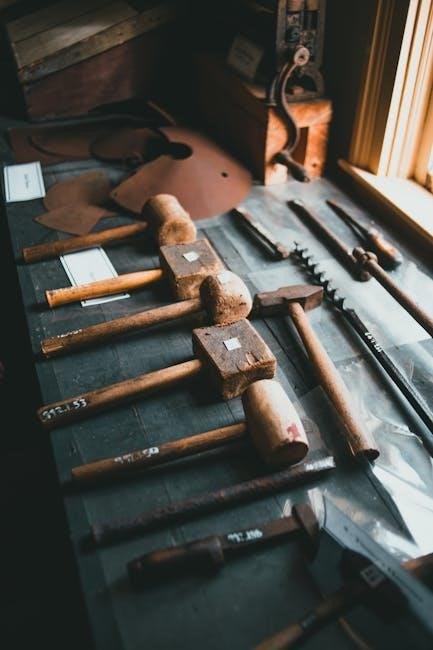
Types of Manual Handling Equipment
Manual handling equipment includes wheelchairs, stretchers, slide sheets, transfer boards, mobile hoists, and ceiling hoists. These tools are essential for safe and efficient patient transfers in aged care settings.
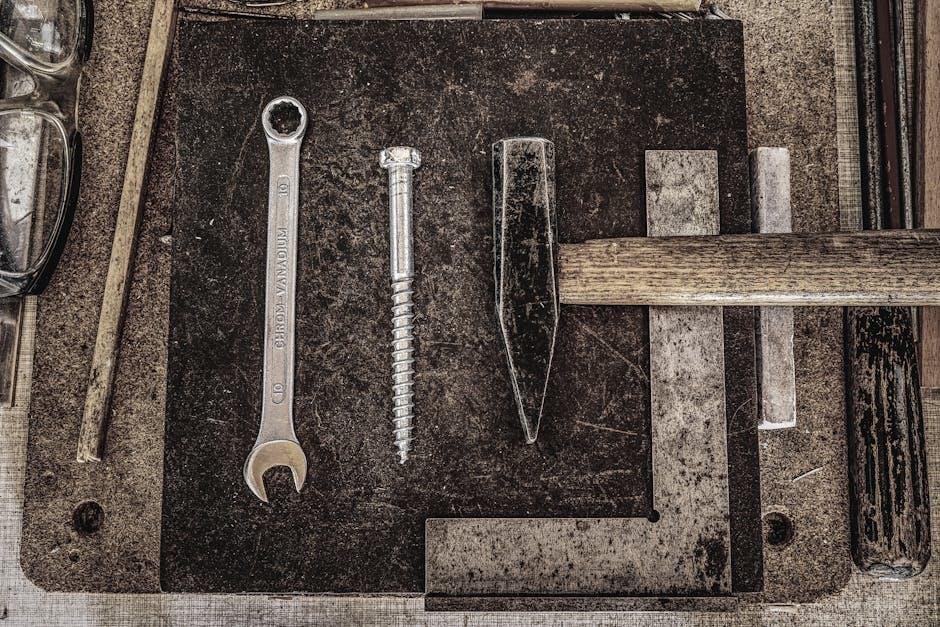
Wheelchairs

Wheelchairs are a fundamental piece of manual handling equipment in aged care, providing mobility assistance for residents with limited movement. They are widely used due to their versatility and ease of operation. Manual wheelchairs are lightweight and often preferred for their portability, while powered wheelchairs offer greater independence for residents with strength or endurance issues. Adjustable features, such as seat height and armrests, ensure a comfortable fit for users. Wheelchairs play a crucial role in facilitating transfers and daily activities, reducing the physical strain on caregivers. Proper training is essential to ensure safe and effective use. Regular maintenance, such as checking brakes and wheels, is recommended to prolong durability. Wheelchairs are indispensable in promoting independence and quality of life for elderly residents in care facilities.
Stretchers
Stretchers are essential manual handling equipment in aged care, designed to safely transport residents who require support due to limited mobility or medical conditions. They are typically lightweight and durable, made from materials like metal or plastic, ensuring easy maneuverability. Stretchers often feature adjustable height settings and side rails to enhance safety and comfort. They are particularly useful for transferring residents between beds, rooms, or medical facilities. Proper training is necessary for caregivers to operate stretchers effectively, minimizing the risk of injury to both residents and staff. Stretchers play a vital role in maintaining the dignity and well-being of elderly residents, facilitating smooth transitions during care. Their versatility and practicality make them a cornerstone in aged care settings, supporting safe and efficient patient handling.
Slide Sheets
Slide sheets are versatile tools in aged care, designed to facilitate smooth and safe transfers of residents with limited mobility. These sheets are typically made of durable, easy-to-clean materials and feature a low-friction surface to reduce resistance during movement. They are commonly used for lateral transfers, such as moving a resident from a bed to a wheelchair or stretcher, minimizing the need for physical lifting by caregivers. Slide sheets are lightweight and portable, making them ideal for use in various settings within care facilities. Proper training in their use is essential to ensure both resident and caregiver safety. By reducing strain and discomfort, slide sheets contribute significantly to maintaining the dignity and well-being of elderly residents while supporting efficient care delivery. Their simplicity and effectiveness make them an indispensable aid in manual handling tasks within aged care environments.
Transfer Boards
Transfer boards are essential tools in aged care, designed to assist with safe and efficient transfers of residents between surfaces, such as from a bed to a wheelchair or stretcher. These boards are typically made of lightweight, durable materials and feature a smooth, non-slip surface to ensure easy gliding. They often include handles for better grip and control, reducing the risk of accidents. Transfer boards are particularly useful for residents with limited mobility, as they minimize the need for physical lifting by caregivers. Proper training in their use is crucial to ensure both the resident’s safety and the caregiver’s comfort. By facilitating seamless transfers, transfer boards help maintain the dignity and independence of elderly residents while reducing the strain on care staff. Their practical design makes them a valuable resource in aged care settings, contributing to efficient and compassionate patient care.
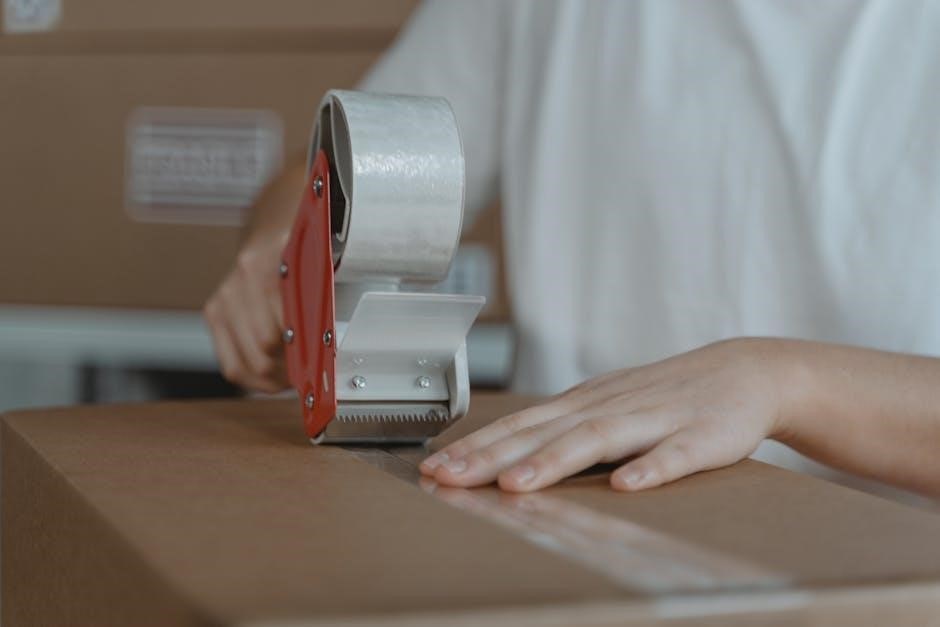
Mobile Hoists
Mobile hoists are versatile and essential tools in aged care, designed to safely lift and transfer residents with minimal effort. These hoists are lightweight, portable, and easy to maneuver, making them ideal for use in various care settings. Equipped with adjustable slings, they accommodate different resident needs and body types, ensuring comfort and support during transfers. Mobile hoists significantly reduce the physical strain on caregivers, minimizing the risk of injury and enhancing efficiency. They are particularly beneficial for residents with limited mobility, as they facilitate smooth transitions between beds, wheelchairs, and bathrooms. Regular maintenance and proper training are essential to ensure their safe and effective use. By promoting dignity and independence for residents, mobile hoists play a vital role in modern aged care, offering a practical solution to everyday challenges faced by caregivers and residents alike.
Ceiling Hoists
Ceiling hoists are fixed installations mounted on ceilings, providing a reliable and efficient solution for lifting and transferring residents in aged care settings. These hoists utilize overhead tracking systems, enabling smooth and controlled movements without requiring floor space. They are particularly suitable for residents with severe mobility limitations, as they eliminate the need for manual lifting by caregivers. Ceiling hoists can be customized to meet individual needs, with adjustable slings and controls that ensure comfort and safety. Regular maintenance is essential to guarantee their functionality and reliability. By reducing physical strain and enhancing transfer processes, ceiling hoists contribute significantly to the safety and well-being of both residents and caregivers, making them a valuable asset in aged care environments.
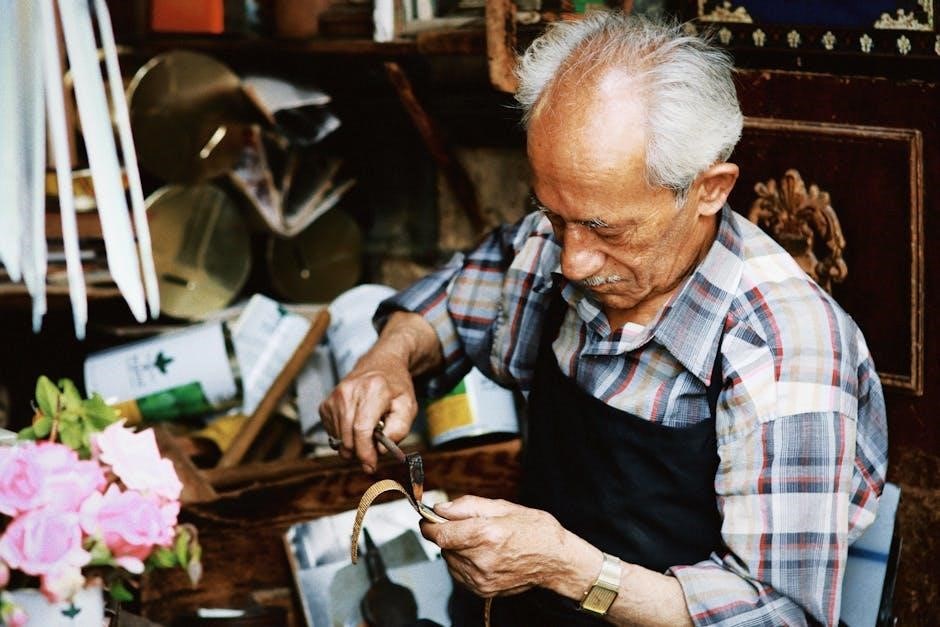
Additional Aids for Manual Handling
Additional aids enhance manual handling efficiency, ensuring safe and comfortable transfers. Transfer belts, slings, bath hoists, and evacuation equipment provide tailored support, reducing strain and improving care quality.
Transfer Belts
Transfer belts are essential aids in manual handling, designed to assist caregivers in safely moving residents. They are worn by the resident and provide a secure grip for caregivers during transfers. These belts are easy to use, versatile, and suitable for various care settings. They help in reducing strain on caregivers and minimize the risk of injury to both the caregiver and the resident. Transfer belts are particularly useful for residents who have some mobility but require additional support during transfers. They are commonly used for standing transfers, seated transfers, or repositioning in bed. The belts are typically made of durable, comfortable materials and often feature adjustable straps to ensure a secure fit. Proper training is necessary to use transfer belts effectively, ensuring safety and dignity for the resident. They are a practical solution for promoting independence while maintaining care quality.
Slings and Lift Slings
Slings and lift slings are critical components of manual handling equipment in aged care, providing essential support for residents during transfers. They are designed to distribute the resident’s weight evenly, offering comfort and stability. Available in various styles, slings can accommodate different mobility needs, from full support to partial assistance; They are typically made of durable, breathable materials to ensure comfort and hygiene. Slings are often used in conjunction with hoists, whether mobile or ceiling-mounted, to facilitate safe and efficient transfers. Proper fitting is crucial to prevent discomfort or injury, and caregivers should be trained in their correct use. Slings and lift slings are indispensable in promoting safe and dignified care, enabling residents to maintain their independence while ensuring caregiver safety. They are widely used in care facilities to handle transfers with minimal strain and maximum support.
Bath Hoists
Bath hoists are specialized manual handling equipment designed to safely transfer residents in and out of bathtubs or showers. They are particularly useful for individuals with limited mobility, ensuring dignity and comfort during personal care routines. These hoists typically consist of a sturdy frame, a seat or sling, and a mechanism to lower or raise the user. Some models are ceiling-mounted, while others are free-standing, offering flexibility for different bathroom layouts. Bath hoists reduce the risk of slips and falls, providing a secure environment for both residents and caregivers. They are often adjustable to accommodate various user sizes and needs, promoting independence and ease of use. Proper installation and regular maintenance are essential to ensure safety and reliability. Bath hoists are a vital tool in aged care settings, enhancing the quality of care and promoting resident well-being during bathing activities.
Evacuation Equipment
Evacuation equipment is essential in aged care settings to ensure the safe and efficient movement of residents during emergencies. Designed for urgent situations, such as fires or natural disasters, these tools enable caregivers to quickly and securely transport individuals with mobility challenges. Common types include evacuation chairs and sleds, which are lightweight yet durable, allowing for smooth navigation through stairs and tight spaces. These devices often feature reinforced materials, handles for easy maneuvering, and secure straps to keep the resident safe during transit. Evacuation equipment is tailored to minimize risk and ensure the well-being of residents in critical moments. Proper training for caregivers on the use of such equipment is vital to guarantee its effectiveness. By incorporating evacuation equipment into aged care facilities, the safety and rapid response capabilities for residents are significantly enhanced, providing peace of mind during emergencies.
